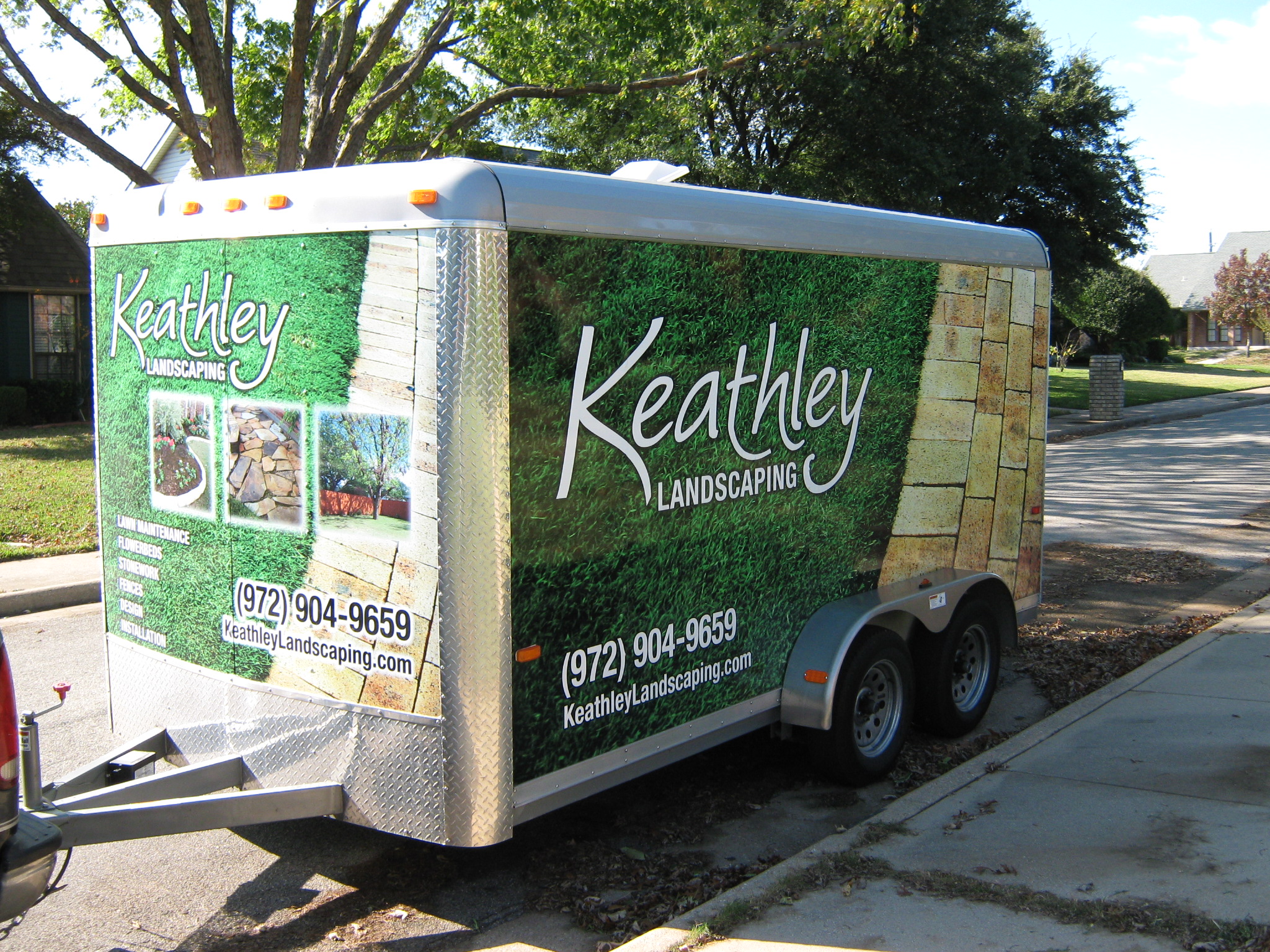Landscape Lighting for Nighttime Photography: Tips and Techniques
Have you ever gazed at a beautifully lit landscape at night and wished you could capture its magic through your lens? Nighttime photography, especially with the right lighting, can transform ordinary scenes into mystical works of art. Whether you’re a budding photographer or a seasoned pro, understanding how to use landscape lighting can elevate your nighttime shots to a whole new level. Let’s dive into some bright ideas on how to make your night photography shine! ✨
Table of Contents
1. Understanding the Basics of Nighttime Photography
2. Essential Equipment for Night Shoots
3. Techniques for Effective Landscape Lighting
4. Editing Tips for Nighttime Photos
5. Conclusion
6. FAQ
Understanding the Basics of Nighttime Photography
Before we get into the nitty-gritty of lighting, let’s start with the basics. Nighttime photography is all about capturing the ambient light and adding your own touches to emphasize certain aspects of the scene. The key is to experiment with exposure, shutter speed, and ISO settings to find the perfect balance. Remember, every scene is different, so don’t be afraid to play around with your settings.
Essential Equipment for Night Shoots
To capture stunning nighttime landscapes, having the right gear is crucial. Here’s a quick checklist for your nighttime adventure:
📷 Camera: A DSLR or mirrorless camera with manual settings is ideal.
🔭 Tripod: Stability is key for long exposure shots.
🔦 Lighting Equipment: Use LED lights or portable flash units for added illumination.
🎛 Remote Shutter Release: Minimize camera shake for sharper images.
Techniques for Effective Landscape Lighting
Lighting can make or break your night photography. Here are some techniques to enhance your night shots:
🌟 Light Painting: Use a flashlight or LED wand to “paint” light onto your scene, highlighting specific elements.
🌌 Layered Lighting: Combine natural moonlight with artificial lights to create depth and contrast.
🔄 Backlighting: Position lights behind objects to create silhouettes and dramatic effects.
Editing Tips for Nighttime Photos
After capturing your shots, editing can help bring out the best in your nighttime photos. Use software like Lightroom or Photoshop to adjust brightness, contrast, and color balance. Pay attention to noise reduction, as night shots can often be grainy. And don’t forget to experiment with highlights and shadows for a more dynamic look! 🎨
Conclusion
Nighttime photography can be a magical experience, offering endless opportunities to showcase landscapes in a new light. By mastering the art of landscape lighting, you can capture breathtaking images that tell a story all their own. So grab your gear, get out there, and let the night inspire you! 🌙
FAQ
Q1: What is the best time for nighttime photography?
A: The best time is during the “blue hour,” right after sunset or before sunrise, when the sky is not completely dark, offering a beautiful natural light.
Q2: How can I reduce noise in my night photos?
A: Use a lower ISO setting and consider post-processing techniques like noise reduction in editing software to minimize graininess.
Q3: Can I use my smartphone for nighttime photography?
A: Absolutely! With advancements in technology, many smartphones can capture impressive night shots. Use manual mode if available for better control.
Q4: How do I choose the right lighting for my scene?
A: Consider the mood you want to create. Soft, diffused lighting works well for calm, serene scenes, while more intense lighting can add drama and focus.
Q5: Is it necessary to use a tripod for night photography?
A: While not mandatory, a tripod is highly recommended for sharp, clear images, especially when using long exposures.






































Recent Comments